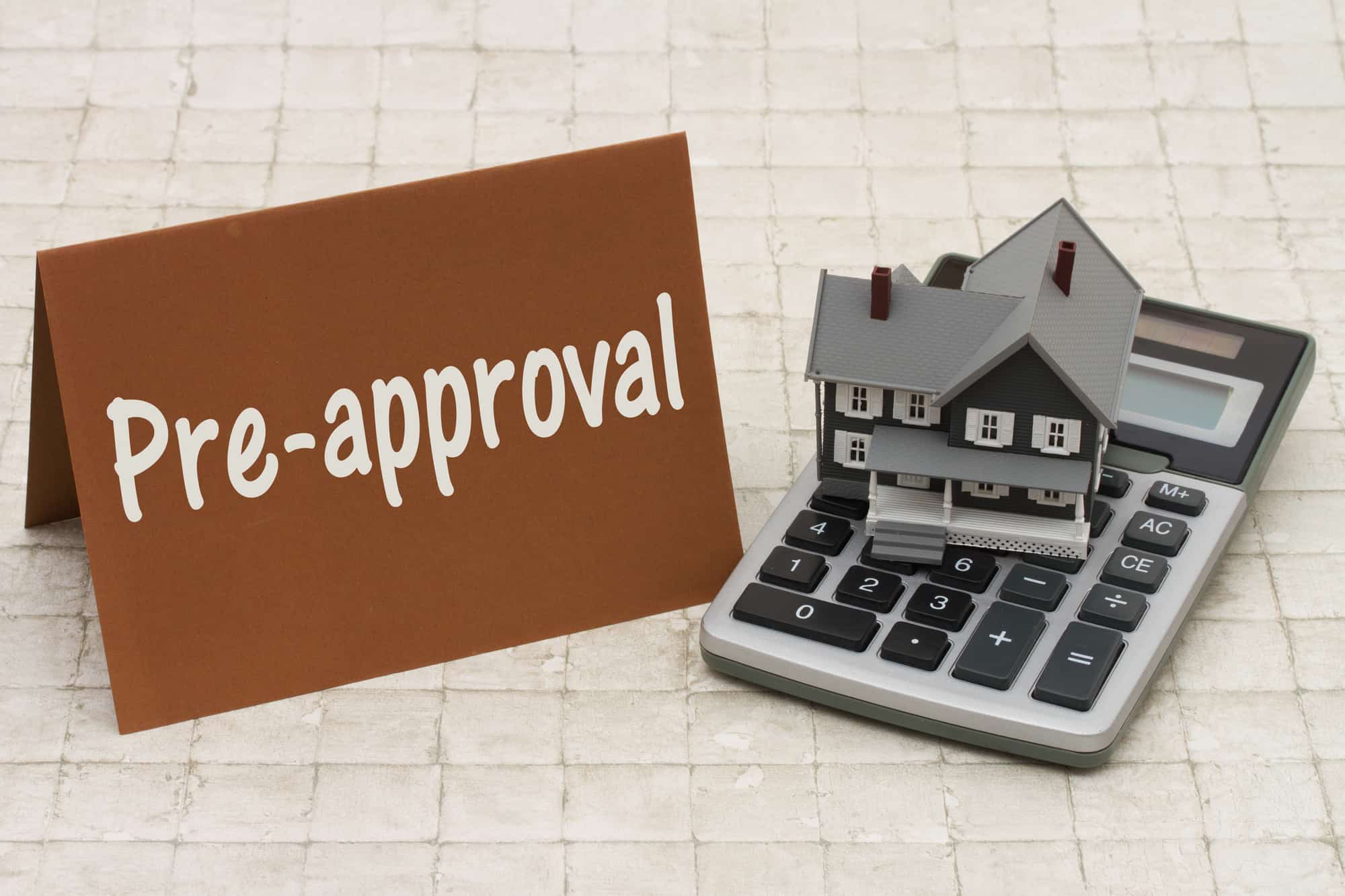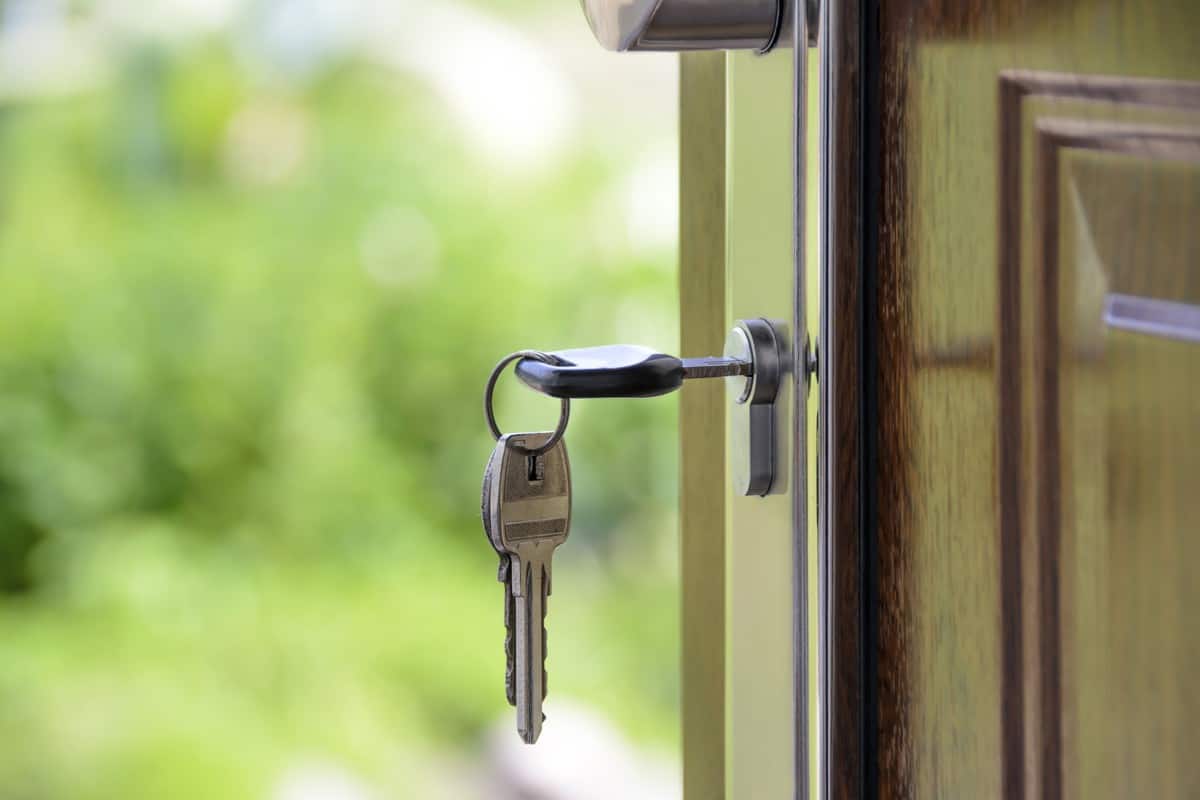When you’re ready to buy a house, a lot of planning must take place to help you have the best home buying experience! Whether your timeline for a new home is within one year or you need to make a quick move, several things must happen to get the keys to your new home.
One critical step in the home loan pre-approval process. Unless you plan to pay cash-in-full for a house, don’t expect to walk into your closing appointment and start the loan paperwork. Many realtors require buyers to have pre-approval before they show potential homes. The pre-approval process tells realtors you’re serious about buying a new home. It also helps lenders expedite your final funding process when it’s time to finalize a home purchase. How can you get a pre-approval mortgage fast? Follow these tips!
What Is Pre Approval?
When a buyer has mortgage pre-approval, it helps realtors and lenders find the right house and mortgage options for the buyer. The pre-approval process includes filling out loan application paperwork and providing all supporting documentation to a broker. They can then tell you if you can qualify for a mortgage to fund the purchase of a new house.
Pre-approval doesn’t guarantee that you have funding. After pre-approval, you might not find your perfect home for weeks or months. However, when you qualify for a loan, you have financial documentation that shows your lender and everyone involved in your home purchase that you are an excellent candidate for funding.
How Does Pre Approval Work?
Qualifying for a home loan can require patience! If you’re prepared for the process, qualifying for a mortgage can go quickly. Here’s what you need to do.
1. Check Your Credit Score
Knowing your credit score before you begin can save you some headaches down the road. A better credit score improves your chances of loan pre-approval. However, a bad credit score could disqualify you for a loan when you apply. Check your credit score and talk with a mortgage broker. A low score doesn’t mean you “can’t'” get any loan, but “any” loan might not be a good idea. To increase your chances of qualifying for the best kind of mortgage with optimal interest rates and terms, take the time to improve your credit score before starting the home buying process.
If you have a good to excellent credit score, keeping going through the pre-approval process. A credit score of 620 or higher can help you sail through a mortgage pre-approval.
2. Review Your Credit History
It’s not the same as your score! Check your credit report. Do you have late payments, old debts, or a bankruptcy in your credit history? Those things can work against your loan qualification. While no one’s credit history is perfect, a clean history helps your pre-approval process. Make sure you know what’s in your credit history before the loan application process.
3. Gather Paperwork
Applying for a mortgage requires plenty of documentation. Before you begin the application process, collect the documentation you’ll need that accompanies the request for a loan.
This paperwork should include:
- Your photo ID. Your library card probably won’t work. A lender requires a legal form of ID with a photo.
- Tax returns. Most applications require one or two years of recent tax history.
- Income statements. Pull a few current pay stubs or some recent W-2s to verify your income.
- Bank statements. A lender needs proof that you have some money in reserves in case of job loss. Mortgage payments don’t stop if you lose your income.
- Proof of additional assets or investments. Like the bank statements, a lender needs to see what assets you have to compensate for defaulting on your mortgage.
- Credit Reports. You already know what’s in these reports, and your lender needs to know, too.
While this can look like a lot of private information and paperwork, it’s all necessary to show a potential lender that you’re the right candidate for a home loan. They are trusting you by fronting the cost of your home to the seller. In return, they need to believe you will make good on monthly payments and the eventual full payment of the home loan.
4. Be Accurate
Lenders look at your debt-to-income (DTI) ratio to help evaluate your pre-approval status. If you have more debt than your gross income can cover, you might not qualify for a mortgage until your DTI lowers. To understand your DTI, lenders need correct information and paperwork. Fill out the loan application paperwork accurately. Provide accurate reports and accurate information about your income, assets, and overall financial situation.
Accurate information helps potential lenders find the best loan solution for your new home. If your credit history or current financial situation isn’t ideal for a home purchase, you don’t want to add a monthly mortgage payment on top of an unfavorable debt situation.
Preparation Helps Speed Up The Pre Approval Process
The approval process takes time. However, you can help expedite mortgage pre-approval with the right preparation.
- Work with a financial planner and your realtor to learn how much house you can afford before the loan process begins
- Understand your financial situation and credit history before you start the process
- Collect everything we mentioned above and have it with you when you apply
Avoid surprises! You never want a potential lender to uncover things in your financial past that you didn’t know. If you don’t qualify for pre-approval, work with your realtor or a mortgage broker to learn what to do to fix it.
A Pre Approval Mortgage Gets You Home
Don’t delay the purchase of your new home. A pre-approval mortgage helps you get into your new home when you find the perfect house. Follow our tips to help make your home loan application and funding process smooth!
If you found this helpful, be sure to check out our Mortgage page!



